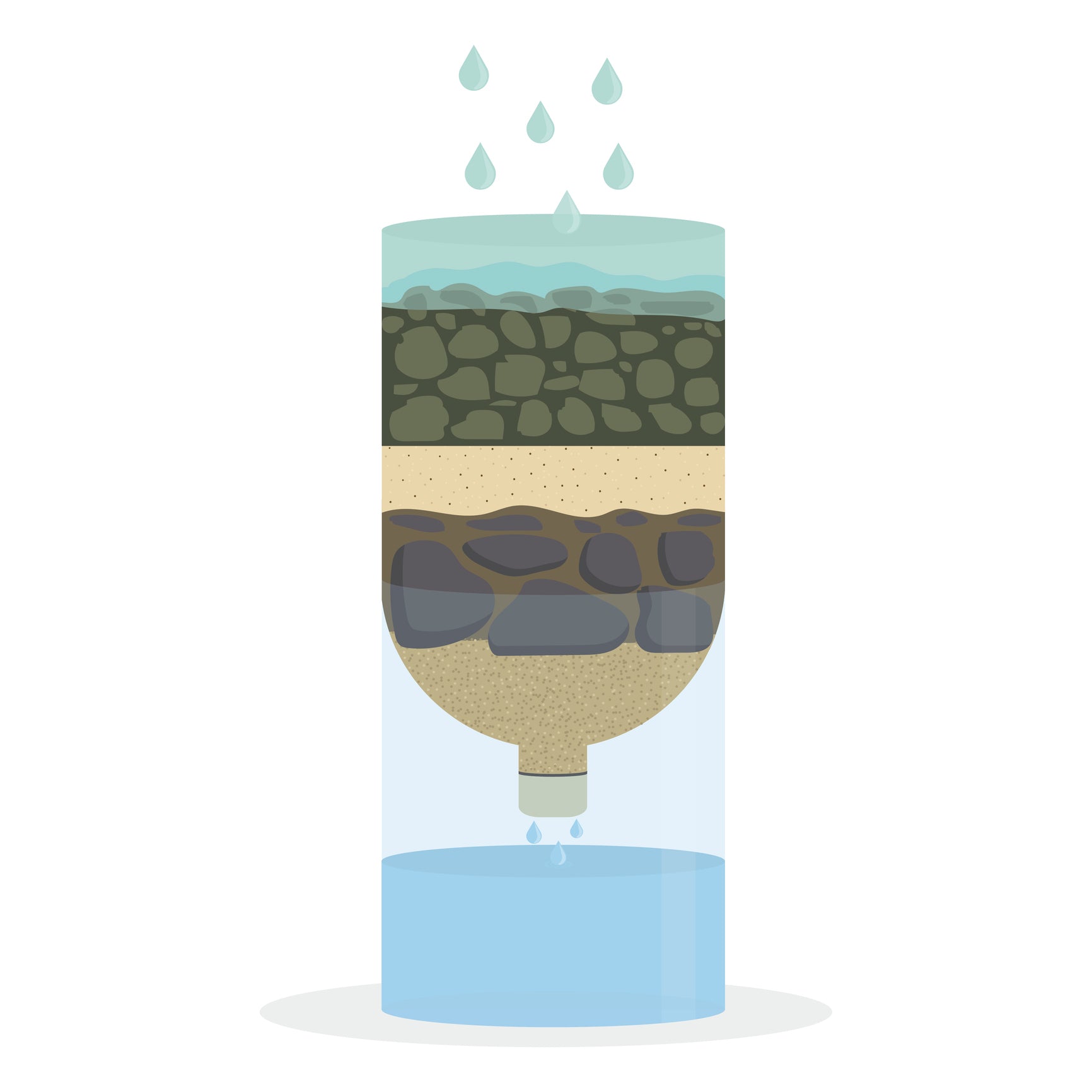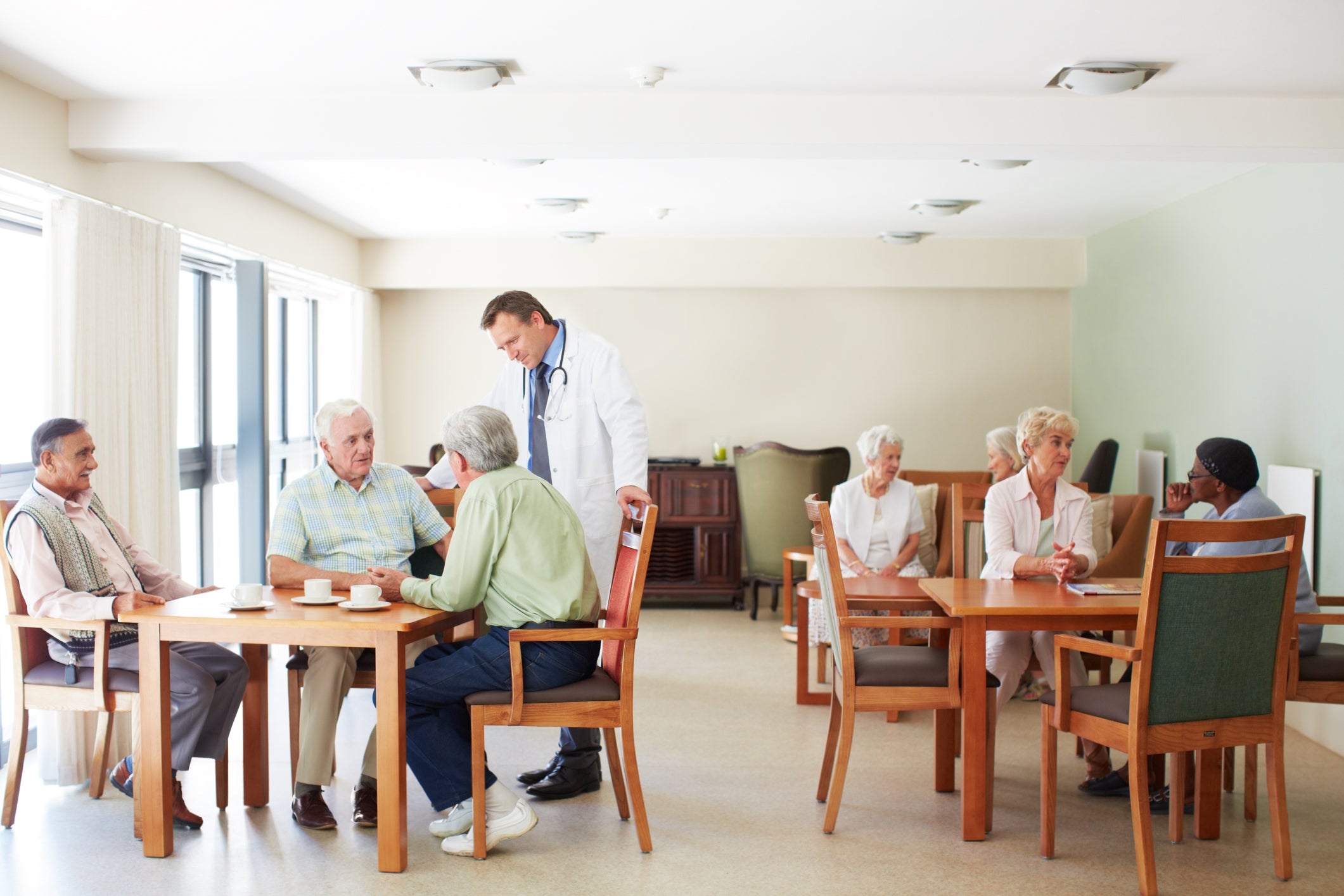Points to prevent injuries during evacuation
table of contents
Introduction
1. Wear proper shoes
2. Choose bright clothes
3. Use proper bags
4. Prioritize the use of stairs
5. Establishing an action plan
6. Prioritize your personal safety
summary
Introduction
During disasters and emergencies, careful action is required to prevent injury during evacuation. Below is a detailed explanation of seven points to prevent injuries during evacuation.
1. Wear proper shoes
1-1 Solid sole
The sole of a shoe is an important part that provides the contact surface with the ground. Choose soles that have a firm grip and won't slip even on unstable ground, rocks, or sand. This is important to prevent accidents in slippery conditions.
1-2 Ankle support
Shoes that provide proper ankle support increase stability when walking. Helps prevent ankle sprains and dislocations, especially when navigating unstable terrain or stairs. High-cut or mid-cut shoes are best for ankle support.
1-3 Proper size and fit
It is important to choose the shoe size that fits your feet. Shoes that are too narrow can put pressure on your feet, and shoes that are too wide can make your feet slippery. Try them on and choose a size that won't let your fingers touch your toes and restrict your foot movement.
1-4 Breathability and comfort
Considering that you will be wearing them for a long time, choosing shoes made of breathable material is the key to maintaining comfort. Shoes with poor breathability can cause your feet to become damp and stuffy, leading to discomfort and foot problems.
1-5 Lightness
Since you will be required to move a lot during an evacuation, choosing lightweight shoes will reduce fatigue. Heavy shoes put stress on your feet when you walk for long periods of time, so choose shoes that are lightweight and have adequate support.
1-6 Durability
Durability of shoes is important for long-term use. You may encounter a variety of situations during your evacuation, so choosing shoes that are made of strong, durable materials and construction will help you cope with unexpected situations.
2. Choose bright clothes
2-1 Choose fluorescent or bright colors
Fluorescent or brightly colored clothing is easily noticeable even from a distance. Colors such as orange, yellow, and pink are highly visible in darkness and inclement weather, increasing safety during evacuation.
2-2 Consider clothing that includes reflective materials
Clothes that incorporate reflective materials have the property of glowing brightly when the light hits them. When exposed to light such as car headlights at night or in a dark place, you can be more visible to those around you, improving safety.
2-3 Choose a contrasting design
Choosing contrasting designs, rather than clothes that are all the same color, will make your outline stand out and make you more visible. This includes clothing with dark stripes or patterns against a light background.
2-4 Pay attention to each part of the body
Placing bright colors or reflective materials on different parts of the body, such as sleeves, collars, and pant hems, helps ensure visibility from all directions. In particular, the hands and head tend to attract people's attention, so it's a good idea to use bright colors for these areas.
2-5 Consider waterproofness
Clothes may get wet during bad weather. When choosing brightly colored clothing, choose waterproof and quick-drying materials to avoid weighing down your clothes.
2-6 Simple and not too flashy design
When choosing bright clothing, avoid overly flashy designs and patterns. By choosing a design that blends in with its surroundings while incorporating just the right amount of bright colors, you can maintain safety and cohesiveness.
3. Use proper bags
3-1 Choose fluorescent or bright colors
Fluorescent or brightly colored clothing is easily noticeable even from a distance. Colors such as orange, yellow, and pink are highly visible in darkness and inclement weather, increasing safety during evacuation.
3-2 Consider clothing that includes reflective materials
Clothes that incorporate reflective materials have the property of glowing brightly when the light hits them. When exposed to light such as car headlights at night or in a dark place, you can be more visible to those around you, improving safety.
3-3 Choose a contrasting design
Choosing contrasting designs, rather than clothes that are all the same color, will make your outline stand out and make you more visible. This includes clothing with dark stripes or patterns against a light background.
3-4 Pay attention to each part of the body
Placing bright colors or reflective materials on different parts of the body, such as sleeves, collars, and pant hems, helps ensure visibility from all directions. In particular, the hands and head tend to attract people's attention, so it's a good idea to use bright colors for these areas.
3-5 Consider waterproofness
Clothes may get wet during bad weather. When choosing brightly colored clothing, choose waterproof and quick-drying materials to avoid weighing down your clothes.
3-6 Simple and not too flashy design
When choosing bright clothing, avoid overly flashy designs and patterns. By choosing a design that blends in with its surroundings while incorporating just the right amount of bright colors, you can maintain safety and cohesiveness.
4. Prioritize the use of stairs
4-1 Reliable means of transportation
Stairs are a more reliable means of transportation than elevators because they have a direct connection to the ground and building structure. Even if the elevator is stopped or crowded, the stairs act as a separate passageway.
4-2 Avoid crowds
During an evacuation, many people try to leave the building at the same time, so elevators can become crowded. By using the stairs, you can escape from the building smoothly and avoid crowds.
4-3 Securing an evacuation route
During an evacuation, emergency exits and evacuation routes are designated, and these evacuation routes usually include stairs. By prioritizing the use of stairs, you can ensure a designated safe evacuation route.
4-4 Elevator risk avoidance
During disasters and emergencies, there is a high possibility that elevators will break down. Getting stuck in an elevator can delay rescue efforts, so using the stairs avoids that risk.
4-5 Maintaining physical strength
Fatigue and stress can increase during evacuation. By using stairs, you can move while distributing your physical strength appropriately. Stairs also provide exercise, which helps maintain physical fitness.
4-6 Stability and safety
Stairs have a fixed structure and are characterized by a high sense of stability when walking. Stairs are stable in slippery conditions, which helps prevent injuries while moving.
5. Establishing an action plan
5-1 Secure a means of communication with family and friends
Before making a plan of action, make sure you have a way to communicate with your family and friends. Use your cell phone, messaging app, SNS , etc. to share your evacuation site and meeting place so that you can stay in touch.
5-2 Specify the meeting place
Even if you are unable to contact your family or friends while evacuating, it is important to designate a meeting place. Setting multiple meeting points for each evacuation destination or evacuation route will make it easier to reunite if you get lost.
5-3 Check the evacuation route
Emergency exits and evacuation routes are always designated within the building. Check these locations in advance and keep evacuation routes in mind. Traveling according to an evacuation plan will prevent you from getting lost.
5-4 Determine the division of roles during evacuation
By determining the division of roles during evacuation with your family and friends, you can act more efficiently. Decide who has the pet, who has the emergency bag, etc., and have guidelines to avoid confusion.
5-5 Secure the method of information collection
Accurate information is needed during evacuation. Make sure you have a way to collect information, such as a radio or smartphone. It is important to check official sources and news and follow appropriate instructions.
5-6 Practice and mock evacuation
By regularly practicing and mock evacuations with family and friends, you can thoroughly review your action plan and eliminate any ambiguities. You can make practical preparations by actually checking the flow and division of roles during an evacuation.
6. Prioritize your personal safety
6-1 Secure a means of communication with family and friends
Before making a plan of action, make sure you have a way to communicate with your family and friends. Use your cell phone, messaging app, SNS , etc. to share your evacuation site and meeting place so that you can stay in touch.
6-2 Specify the meeting place
Even if you are unable to contact your family or friends while evacuating, it is important to designate a meeting place. Setting multiple meeting points for each evacuation destination or evacuation route will make it easier to reunite if you get lost.
6-3 Check the evacuation route
Emergency exits and evacuation routes are always designated within the building. Check these locations in advance and keep evacuation routes in mind. Traveling according to an evacuation plan will prevent you from getting lost.
6-4 Decide on division of roles during evacuation
By determining the division of roles during evacuation with your family and friends, you can act more efficiently. Decide who has the pet, who has the emergency bag, etc., and have guidelines to avoid confusion.
6-5 Secure the method of information collection
Accurate information is needed during evacuation. Make sure you have a way to collect information, such as a radio or smartphone. It is important to check official sources and news and follow appropriate instructions.
6-6 Practice and mock evacuation
By regularly practicing and mock evacuations with family and friends, you can thoroughly review your action plan and eliminate any ambiguities. You can make practical preparations by actually checking the flow and division of roles during an evacuation.
summary
Preparation and calm judgment are essential to prevent injuries during evacuation. By planning ahead and paying attention to your surroundings, you can ensure your safety during an evacuation.








